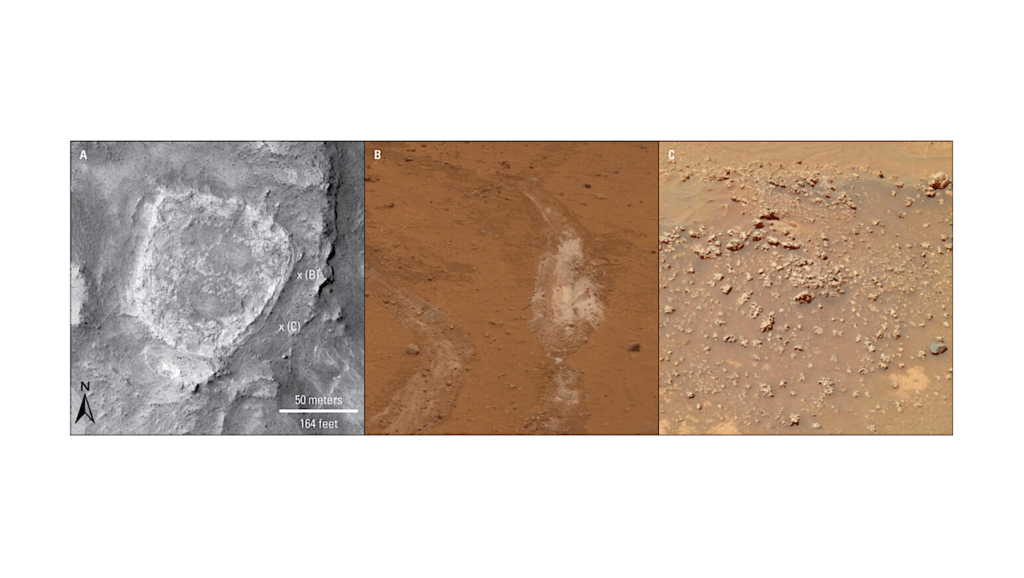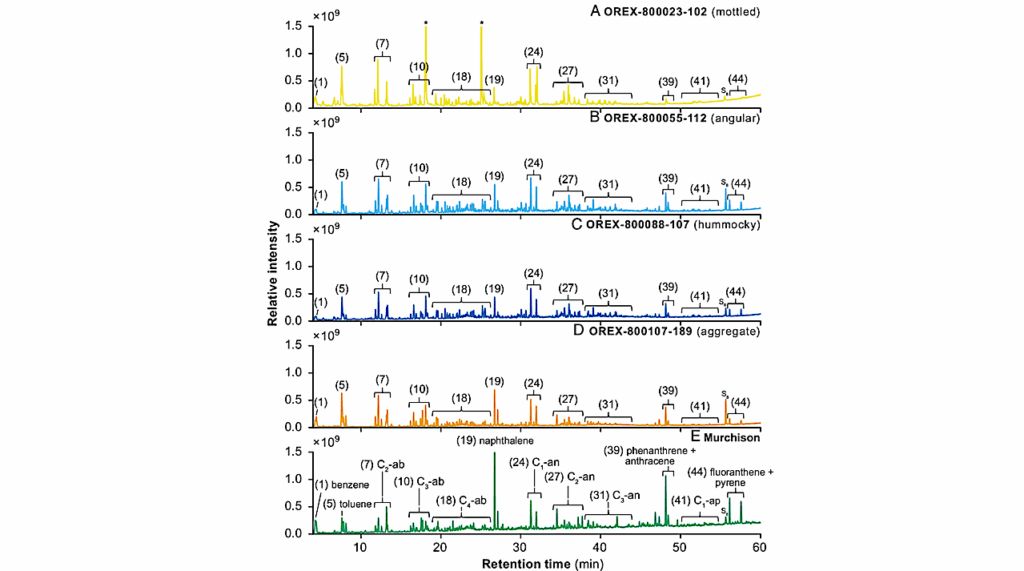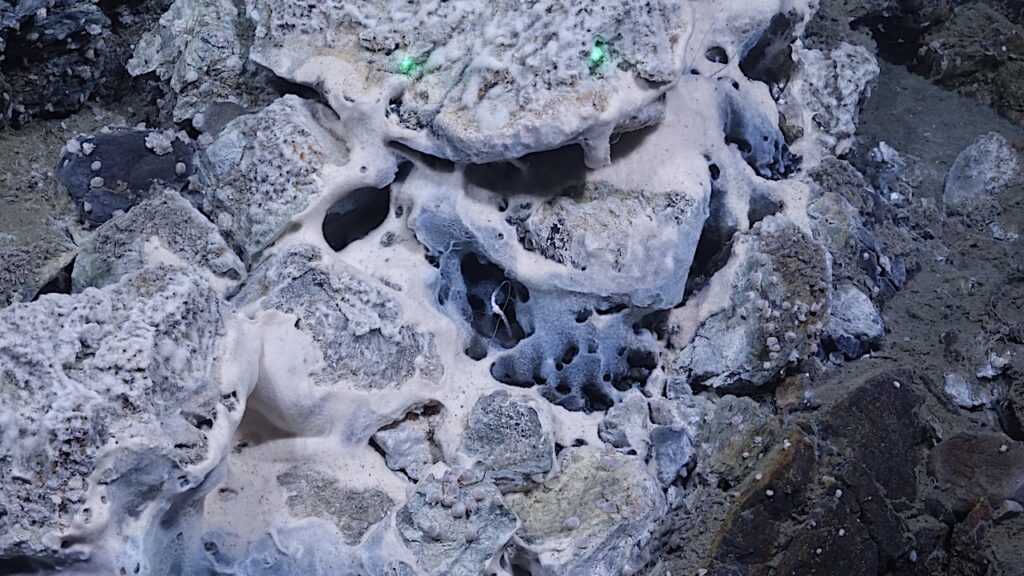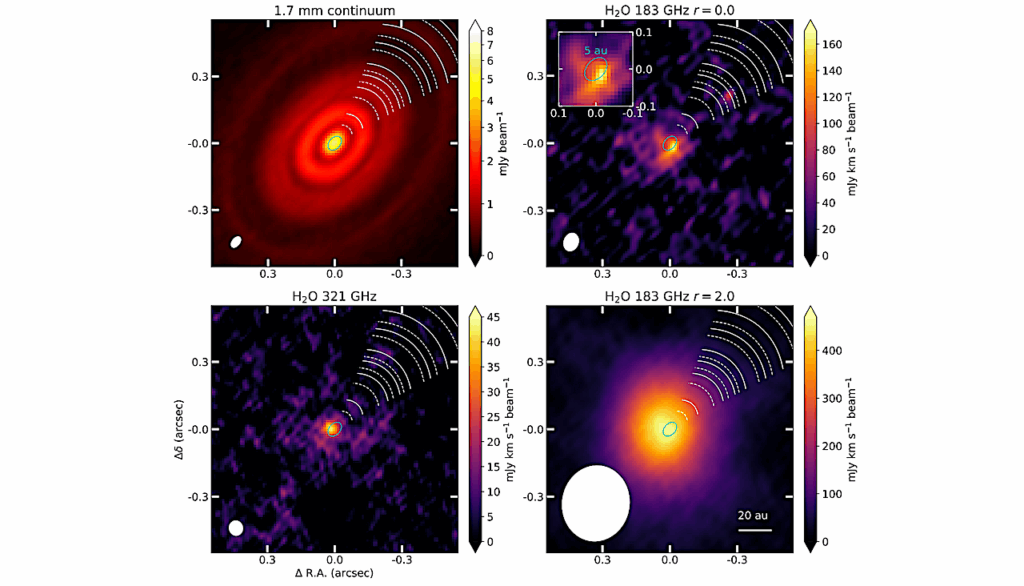Is LTT 1445 Ab a Hycean World or a cold Haber World? Exploring the Potential of Twinkle to Unveil Its Nature
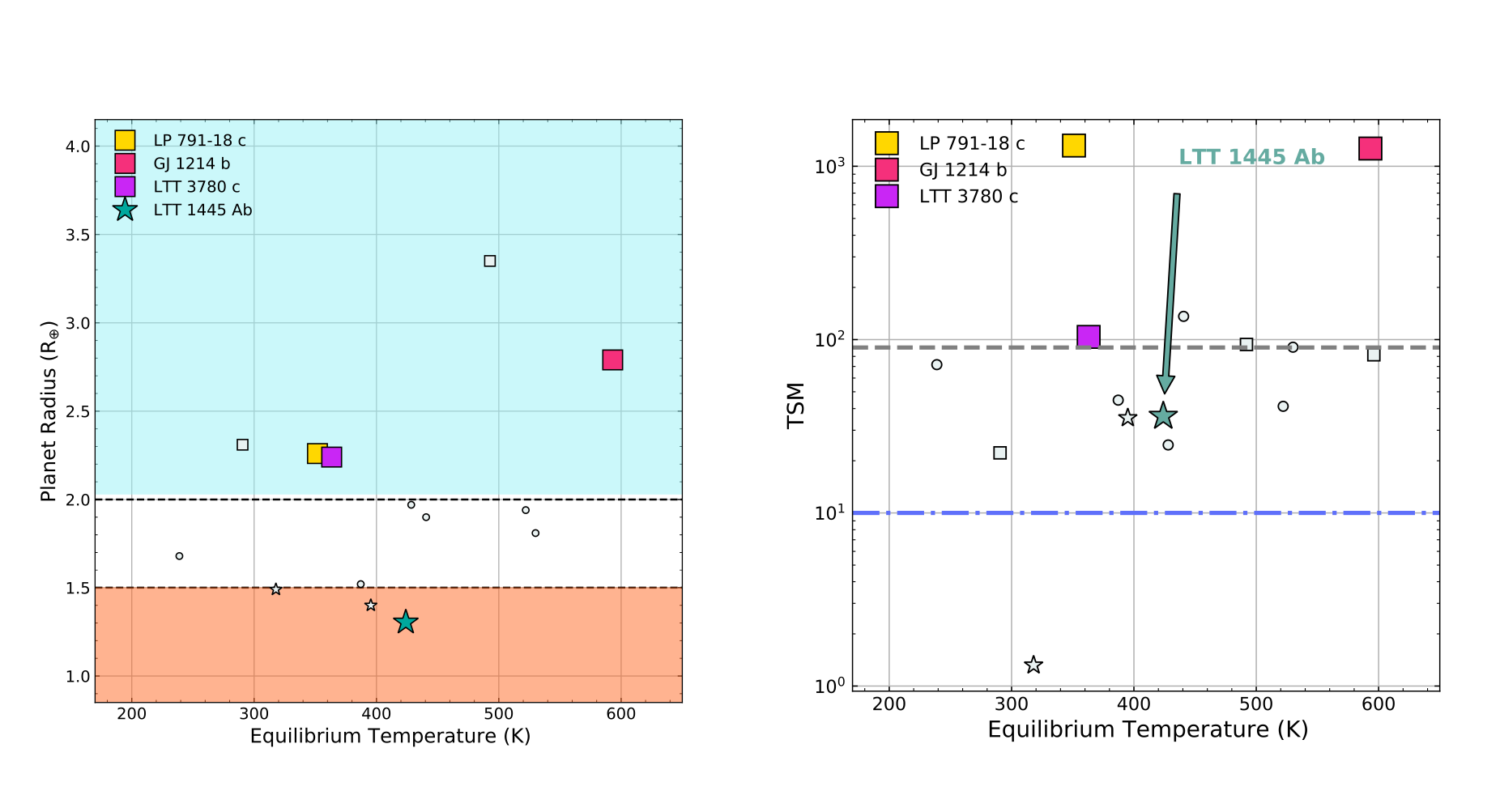
We explore the prospects for Twinkle to determine the atmospheric composition of the nearby terrestrial-like planet LTT 1445 Ab, including the possibility of detecting the potential biosignature ammonia (NH3).
At a distance of 6.9 pc, this system is the second closest known transiting system and will be observed through transmission spectroscopy with the upcoming Twinkle mission. Twinkle is equipped with a 0.45 m telescope, covers a spectral wavelength range of 0.5 – 4.5 μm simultaneously with a resolving power between 50 – 70, and is designed to study exoplanets, bright stars, and solar system objects.
We investigate the mission’s potential to study LTT 1445 Ab and find that Twinkle data can distinguish between a cold Haber World (N2-H2-dominated atmosphere) and a Hycean World with a H2O-H2-dominated atmosphere, with a χ2ν = 3.01. Interior composition analysis favors a Haber World scenario for LTT 1445 Ab, which suggests that the planet probably lacks a substantial water layer.
We use petitRADTRANS and a Twinkle simulator to simulate transmission spectra for the more likely scenario of a cold Haber World for which NH3 is considered to be a biosignature. We study the detectability under different scenarios: varying hydrogen fraction, concentration of ammonia, and cloud coverage. We find that ammonia can be detected at a ∼ 3σ level for optimal (non-cloudy) conditions with 25 transits and a volume mixing ration of 4.0 ppm of NH3.
We provide examples of retrieval analysis to constrain potential NH3 and H2O in the atmosphere. Our study illustrates the potential of Twinkle to characterize atmospheres of potentially habitable exoplanets.
Caprice Phillips, Ji Wang, Billy Edwards, Romy Rodriguez Martinez, Anusha Pai Asnodkar, B. Scott Gaudi
Comments: (13 pages, submitted to MNRAS)
Subjects: Earth and Planetary Astrophysics (astro-ph.EP); Instrumentation and Methods for Astrophysics (astro-ph.IM); Solar and Stellar Astrophysics (astro-ph.SR)
Cite as: arXiv:2209.12919 [astro-ph.EP] (or arXiv:2209.12919v1 [astro-ph.EP] for this version)
https://doi.org/10.48550/arXiv.2209.12919
Focus to learn more
Submission history
From: Caprice Phillips
[v1] Mon, 26 Sep 2022 18:00:29 UTC (3,468 KB)
https://arxiv.org/abs/2209.12919
Astrobiology


